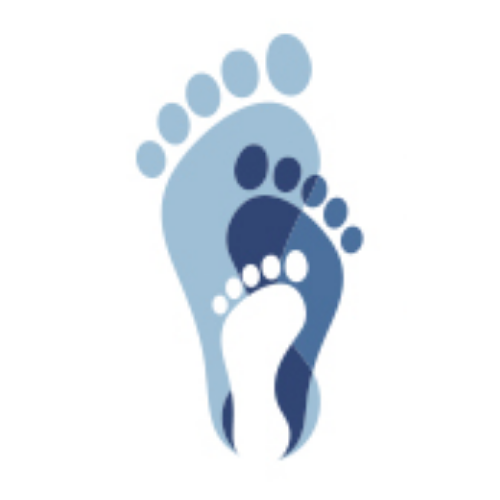Highton podiatrist, Max Stebnyckyj talks podiatry friendly shoes and lacing techniques!
Podiatry-Friendly Shoes and Shoe Lacing Techniques for Happy Feet
Introduction
Our feet are the foundation of our body, and taking care of them is essential for overall well-being. As podiatrists, we emphasize the importance of wearing proper footwear to prevent foot problems and maintain optimal foot health. In this blog, we'll explore the world of podiatry friendly shoes and delve into different shoe lacing techniques that can enhance comfort and support. Whether you're an athlete, a daily commuter, or someone looking for comfortable footwear, this guide will help you make informed decisions for happy and healthy feet.
Podiatry-Friendly Shoe Features
Arch Support/Medial Posting: Shoes with proper arch support or medial posting can help prevent conditions like flat feet or plantar fasciitis. Look for footwear with built-in arch support or consider using orthotic inserts for added comfort and support.
Roomy Toe Box: Tight, narrow shoes can cause discomfort and even lead to deformities like bunions. Opt for shoes with a roomy toe box that allows your toes to splay naturally.
Cushioning and Shock Absorption: Adequate cushioning is crucial to absorb impact while walking or running. Shoes with good shock absorption can help reduce stress on your feet, ankles, and knees.
Breathability: Keeping your feet dry and cool is essential for preventing fungal infections and maintaining overall foot health. Choose shoes made from breathable materials like mesh or leather.
Stability and Traction: A well-designed outsole can provide stability and prevent slips and falls. Look for shoes with a patterned or textured outsole for better traction.
Proper Fit: Always ensure that your shoes fit correctly. Avoid wearing shoes that are too tight or too loose, as they can lead to blisters, calluses, and other foot issues.
Shoe Lacing Techniques for Comfort and Support
Standard Lacing (Criss-Cross): The most common lacing method, where the shoelaces criss-cross through the eyelets. It provides a secure fit but can put pressure on certain areas of the foot. Adjust the tightness to avoid discomfort.
Wide Forefoot Lacing: Ideal for people with wider forefeet or those suffering from conditions like bunions. Skip lacing through the first set of eyelets on each side to create a more open and comfortable fit.
Heel Lock (Lace Lock): If you experience heel slippage, this technique can help. After criss-crossing the laces, make a loop with each lace and feed it through the opposite side's top eyelet. Pull the loops to secure the heel in place.
Gap Lacing (Overlapping Lacing): Helpful for easing pressure on the top of the foot, especially for individuals with high arches or instep discomfort. Simply skip lacing through a set of eyelets, creating small gaps in the lacing pattern.
Runner's Loop (Window Lacing): Relieves pressure on the top of the foot. Make a small loop with each lace near the middle of the shoe, then thread the loose ends through the loops before tying the shoelaces as usual.
Lacing for Toe Problems: For conditions like hammertoes or claw toes, consider skipping lacing through the eyelets closest to the toes to reduce pressure on the affected area.
Conclusion
Choosing the right shoes and lacing them properly can make a significant difference in your foot comfort and health. Podiatry-friendly shoes offer the support and cushioning your feet need, while various lacing techniques can alleviate pressure points and provide a customized fit.
Remember, everyone's feet are unique, and what works for one person may not work for another. If you have specific foot conditions or concerns, consulting us here at Stance Podiatry is always a wise decision. Take care of your feet, and they will take care of you for years to come!

